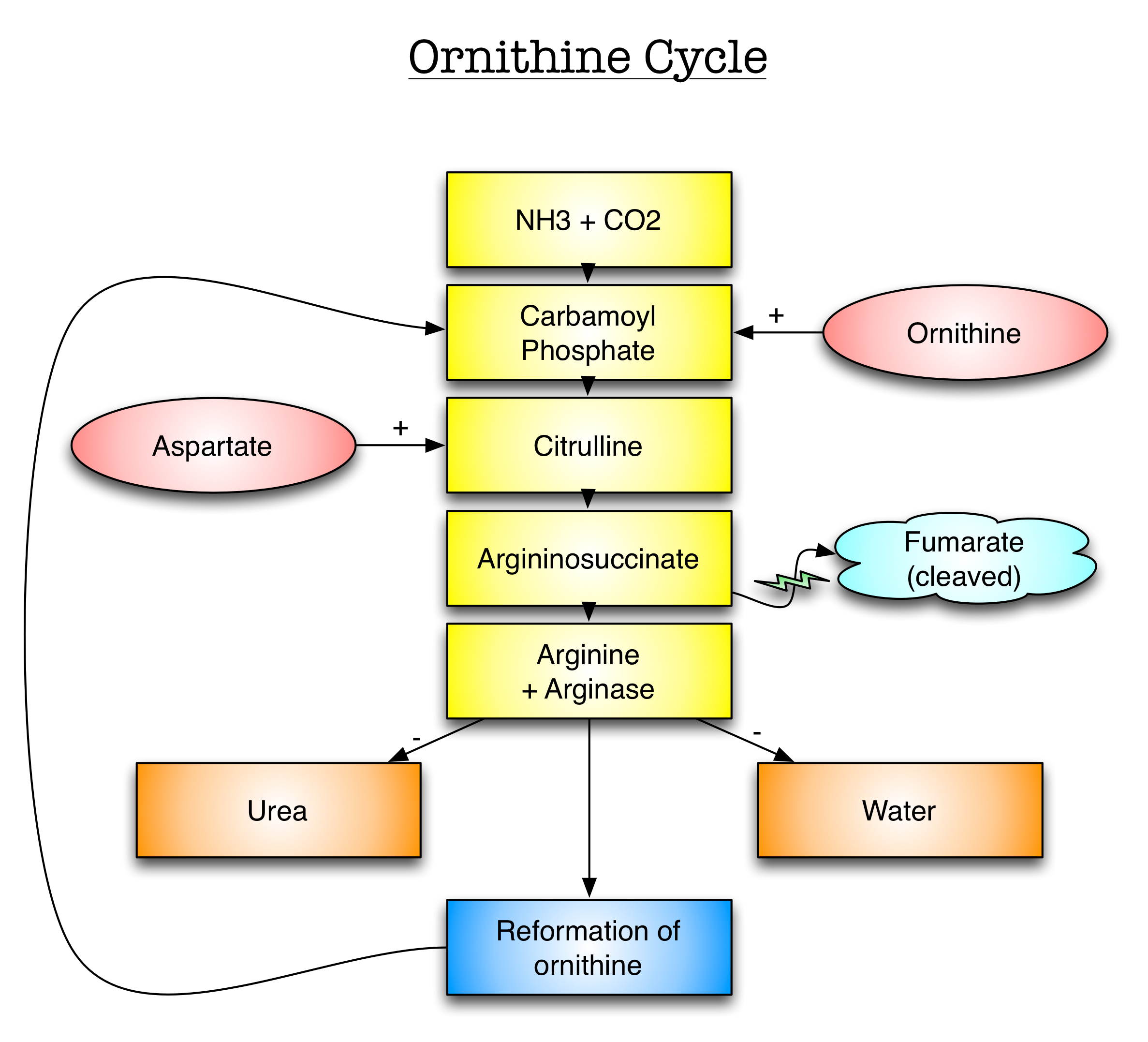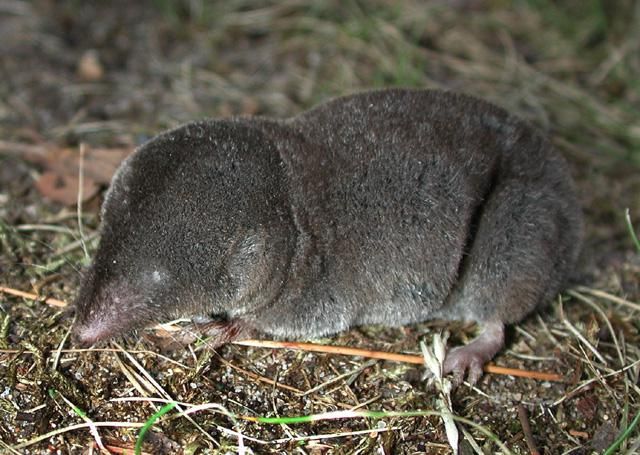Physiology
Mesodon zaletus, among other pulmonates, produce urea during normal activity and during a dormant period (Horne, 1970; Barnes, 1970). Urea is composed of many nitrogenous wastes to be excreted from the body (Marieb, 2012). It is assumed that urea helps to minimize dehydration by reducing the amount of water lost during this time period (Horne, 1970; Barnes, 1970). Urea production has been found to be suppressed during the dormant period, causing less urea to be produced and thus a lesser protection against water loss (Horne, 1970; Barnes, 1970). Interestingly, Mesodon zaletus exhibits a glaring 100 percent mortality rate if they remain dormant for too long, specifically around 130 days (Horne, 1970; Barnes, 1970). Urea and the solutes it contains is able to osmotically hold on to water and limit the water loss. This idea is further strengthened by Francis Horne and Viroj Boonkoom. They proposed that urea plays an important role in the prevention of water loss in that it sets up a steeper osmotic concentration gradient, specifically within the hemolymph (Horne, 1970; Boonkoom, 1970). According to Elaine Marieb, osmotic gradients are set up due to solute concentrations (Marieb, 2012). Water moves toward the region of higher solute concentration and therefore will hold on to more water (Marieb, 2012).
I have provided a simple graphical interpretation of the urea cycle, otherwise known as the ornithine cycle (Horne, 1970; Boonkoom, 1970), below. A series of reactions occur in order to produce urea. The enzymes involved in the urea cycle are reduced in the dormant period which include: carbomyl phosphate synthetase, ornithine transcarbamylase, argininosuccinate synthetase, argininosuccinate lyase and arginase (Horne, 1970; Barnes, 1970). The suppressed enzyme activity makes it clear that there will be less urea produced during this time period, hence the probable cause for water loss.
This graph was created with references to
Dr. Richard A. Paselk's work on the
urea cycle
Predation
It should be noted that Mesodon zaletus is far from the top of the food chain, being a relatively small organism and one that is anything but velocious. Mesodon zaletus is preyed upon by Blarina brevicauda, a shrew (Ingram, 1942).
Nutrition
Mesodon zaletus are herbivorous (Hanson et al., 2003) and eat plants. One of the most fascinating discoveries was made by Brady Hanson and his colleagues. In their studies, they had found that the snails preferred plants that contained selenium (Hanson et al., 2003), a remarkable discovery, considering that the snails opted to move toward the selenium containing plants but also neglected the non-selenium containing plants (Hanson et al., 2003). The researchers found that the snails traveled as far as 16 cm over a period of two hours in order to eat plants with selenium in their leaves (Hanson et al., 2003). Selenium must, then, be an inherent attraction of these snails for them to make such a time-consuming endeavor.
Moreover, Bradley Foster and Alan Stiven proposed that the snails primarily eat material like outer tree bark, soil, mushrooms and leaf litter among others that contribute to a less than green, specifically closer to brown, fecal material, suggesting that they eat primarily dead material (Foster, 1996; Stiven, 1996).



